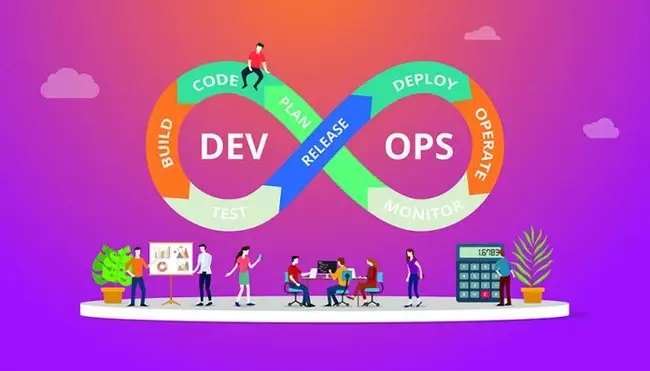Due to the microservice architecture model, DevOps teams are now able to make the most of their skills and resources. Despite their evident value, however, microservices also introduce a new level of complexity to application environments.

What are microservices?
As an e-book from Instana observes, microservices have improved the way we design, build, and deliver software. Indeed, microservices make it possible to develop and update applications at a much higher velocity. Nevertheless, these improvements come with a multitude of challenges as microservices architectures divide apps into multiple pieces. This essentially disintegrates apps, which in turn significantly complicates the management of overall service quality and performance. In effect, when an organisation migrates to microservices to achieve greater agility, the tradeoff is higher operational complexity. Nevertheless, this does not mean that organisations cannot effectively monitor and manage the service quality of such an environment. Indeed, more companies are adopting a new approach to Application Performance Management in order to effectively address these challenges. Traditional monitoring strategies are not sufficient, however, as the new world of microservices demands a more tailored approach.
How can DevOps teams address these challenges?
In order to thrive in the age of microservices, intelligent analysis, machine-assisted learning and automation are all vital. In fact, Instana insists that these are the "root of successful delivery and quality management for microservices." First and foremost, it is necessary to eliminate incidents that require handling from operational noise quickly. Using intelligent analysis, companies can differentiate between noise in data generated by normal activities and potential problems. Next, DevOps teams should be able to use their software to leverage monitoring information quickly in order to understand and fix an issue. By making monitoring information actionable, these tools should also be able to leverage intelligent analysis to turn data into actionable information by taking advantage of ML and automation. Finally, it is necessary to identify the root cause of an issue and immediately understand how it impacts other elements of the environment. In practice, tools that can automatically map dependencies enable this valuable level of insight. Achieving this agile, flexible, ultra-scalable monitoring strategy requires a fundamentally new approach to managing service quality. Indeed, Instana insists that quality management solutions for microservices are "an entirely new generation of systems management tools."
Will 2019 be the year of the enterprise blockchain? Check out our latest agility opinion piece to make your mind up







Comments ( 0 )